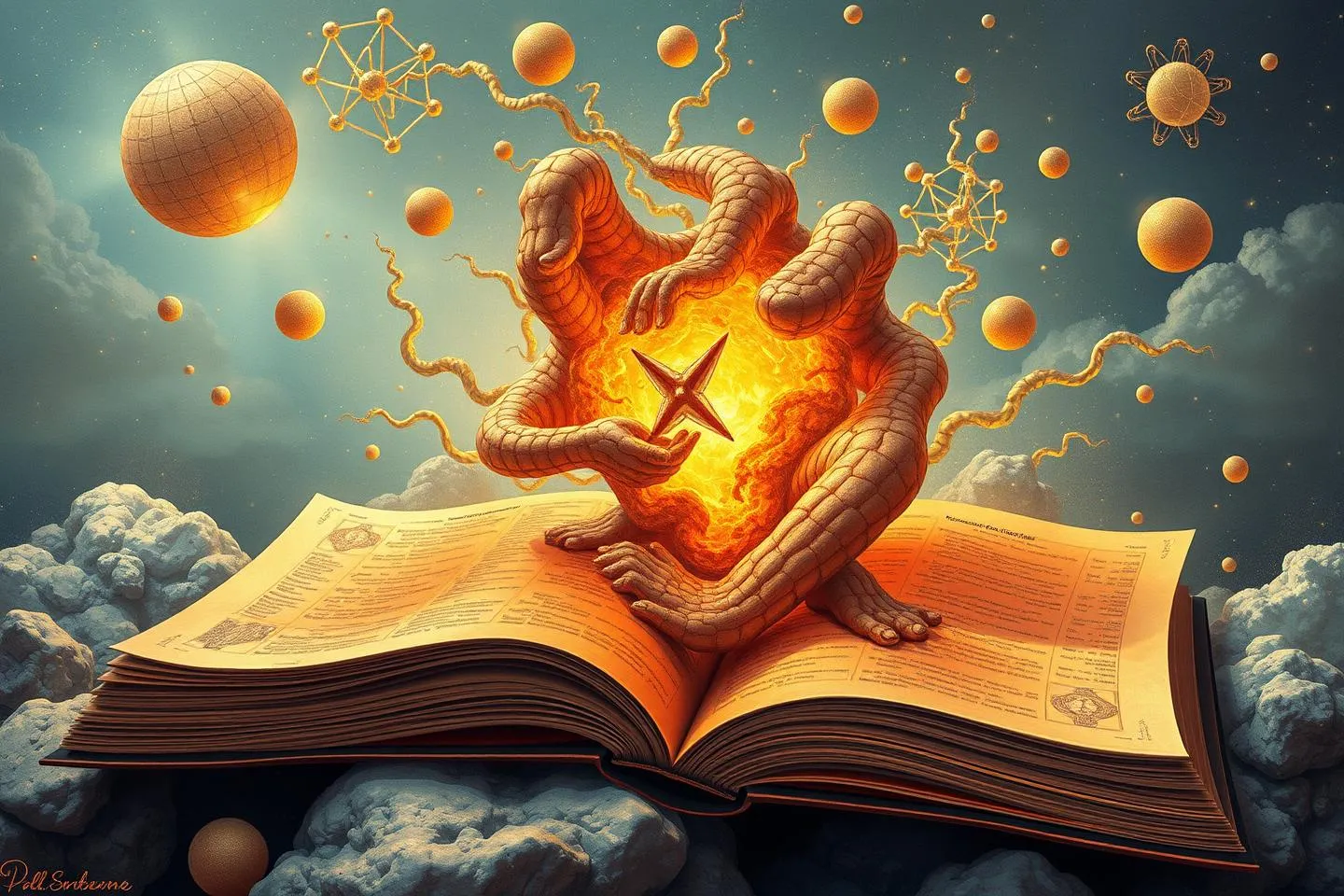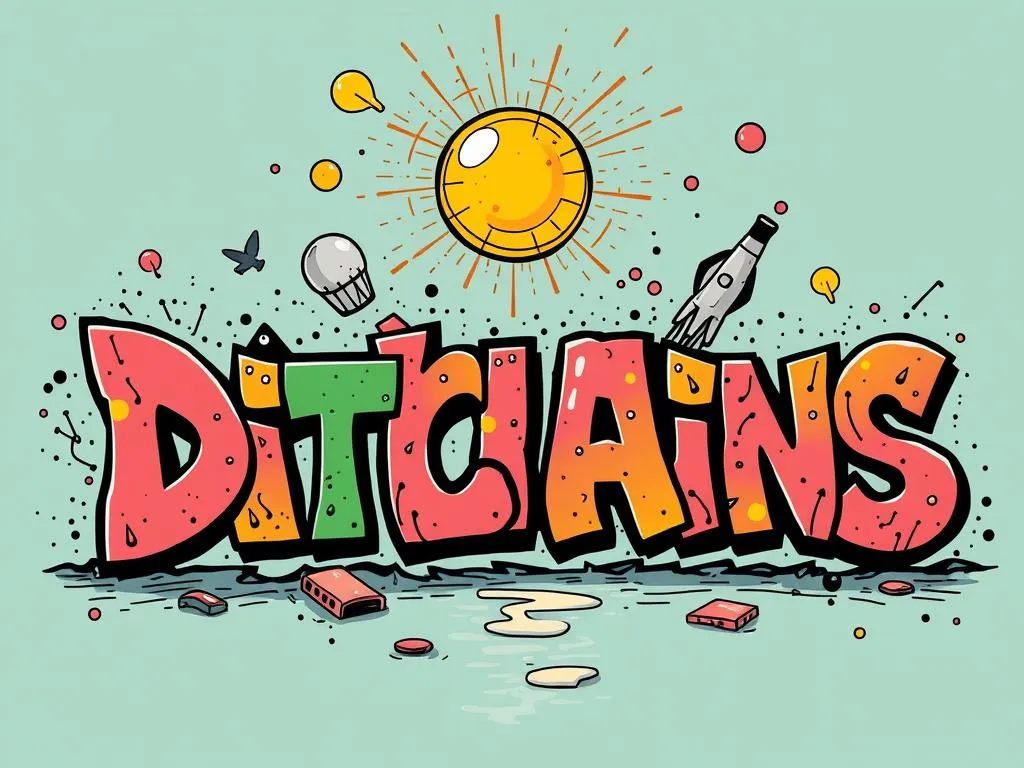Dream Dictionaries Science

Dreams have fascinated humanity for centuries. They are windows into our subconscious, reflecting our thoughts, fears, and desires. Dream dictionaries are tools that help us understand the symbolic meanings behind our dreams. In this blog post, we will explore the science of dream dictionaries, how they work, and the techniques used for dream interpretation. We will also look at related dreams and their symbolic links, providing a comprehensive guide for anyone interested in this intriguing subject.
About Dream Dictionaries
Dream dictionaries are collections of symbols and their meanings, designed to help people interpret their dreams. They serve as a guide to understand the hidden messages in our nightly visions.
Key Characteristics
-
Symbolic Nature: Dreams often contain symbols that represent deeper meanings. For example, dreaming of a snake might symbolize fear or transformation. Dream dictionaries break down these symbols to help users find meaning.
-
Personal Interpretation: While dream dictionaries provide general meanings, personal experiences shape the significance of dreams. A dream about water might evoke different feelings for someone who loves the ocean compared to someone who fears drowning.
-
Cultural Variations: Different cultures interpret dreams in unique ways. A dream dictionary might include various cultural perspectives on common symbols, enriching the overall understanding.
Symbolic Meaning
The symbolic meaning of dreams plays a crucial role in their interpretation. Here are some common symbols and their meanings:
- Falling: Often signifies a loss of control or insecurity.
- Flying: Represents freedom and liberation.
- Being chased: Suggests avoidance of a particular issue or fear.
- Death: Generally symbolizes transformation or change rather than a literal end.
Understanding these symbols can provide insights into our waking lives, guiding us toward personal growth.
Common Contexts
Dream dictionaries also categorize dreams based on common contexts. Some prevalent contexts include:
- Anxiety Dreams: Dreams that reflect stress or anxiety, such as missing an important event.
- Lucid Dreams: Dreams where the dreamer is aware they are dreaming and may have some control over the dream’s content.
- Nightmares: Disturbing dreams that can evoke strong emotional responses, often rooted in fear or trauma.
Identifying the context of a dream can enhance the interpretation process, making it more relevant to the dreamer’s life.

Dream Interpretation Techniques
Interpreting dreams is not just about looking up symbols in a dictionary. It involves various techniques that help uncover the deeper meanings behind our dreams.
Core Meaning
Every dream has a core meaning that resonates with the dreamer’s current life situation. To find this core meaning, consider the following steps:
- Reflect on Recent Events: Think about what happened in your life before the dream. Did any events trigger the feelings expressed in the dream?
- Identify Emotions: Pay attention to the emotions you felt during the dream. Feelings of joy, fear, or confusion can point towards the dream’s significance.
- Analyze Recurring Themes: If certain themes or symbols appear regularly in your dreams, they may highlight ongoing issues or desires in your life.
Emotional Connections
Emotional connections in dreams are vital for interpretation. Often, our dreams reflect our unprocessed emotions. To explore these connections, consider:
- Journaling: Keep a dream journal to record your dreams and the emotions tied to them. Over time, patterns may emerge.
- Visualizing: Close your eyes and visualize the dream again. Notice how you feel and what thoughts arise. This can help clarify the dream’s message.
- Discussing with Others: Sharing your dreams with trusted friends or family can provide new perspectives and insights.
Key Messages
Many dreams convey key messages that can guide us in our waking lives. Here are ways to identify these messages:
- Ask Questions: After recalling your dream, ask yourself what the dream might be trying to tell you. What issues does it bring to light?
- Look for Guidance: Some dreams may offer solutions or guidance for problems you’re facing. Consider how the symbols relate to your situation.
- Embrace Lessons: Even nightmares can teach us valuable lessons about our fears and anxieties. Embracing these lessons can lead to personal growth.
Related Dreams
Often, dreams may share similarities with each other, revolving around common themes or symbols. Understanding these related dreams can enhance our comprehension of our subconscious.
Similar Dream Scenarios
Many people experience similar dream scenarios. Here are a few examples:
- Chasing Dreams: A common scenario where the dreamer is pursued, often reflecting feelings of anxiety or avoidance.
- Examination Dreams: Dreams about being unprepared for a test or exam symbolize feelings of inadequacy or self-doubt.
- Travel Dreams: Dreams about journeys can signify personal growth, change, or a desire to escape from daily life.
Recognizing these patterns helps individuals connect their dreams to shared human experiences.
Symbolic Links
Dreams also have symbolic links that connect various dreams to the broader human experience. For instance:
- Water: Often symbolizes emotion and the subconscious. Dreams involving water can signify emotional states or transitions.
- Animals: Different animals can represent various aspects of ourselves. For example, dreaming of a lion might symbolize courage, while a mouse might represent vulnerability.
- Buildings: Structures in dreams often reflect the dreamer’s psyche. A crumbling building may indicate emotional instability, while a well-kept house may symbolize comfort and security.
Understanding these links enables dreamers to see their dreams as part of a larger narrative.
Conclusion
In conclusion, the science of dream dictionaries offers valuable insights into the meanings behind our dreams. By understanding the symbolic nature of dreams, utilizing effective interpretation techniques, and recognizing related dreams, we can gain a deeper understanding of ourselves.
Dreams are not just random images; they are reflections of our inner thoughts and feelings. By exploring their meanings, we can navigate our waking lives with greater clarity and purpose.
Remember, the journey of dream interpretation is personal and unique to each individual. Take time to reflect on your dreams, and embrace the insights they provide. Your dreams are a treasure trove of knowledge waiting to be unlocked.









